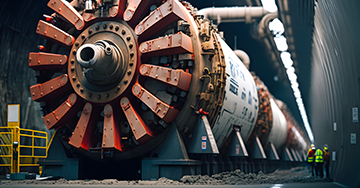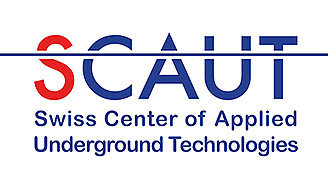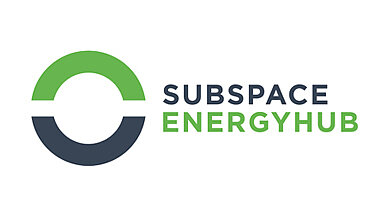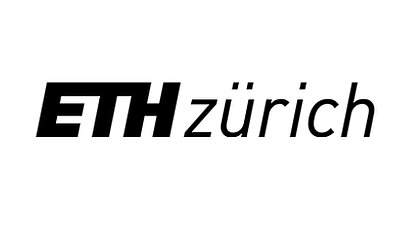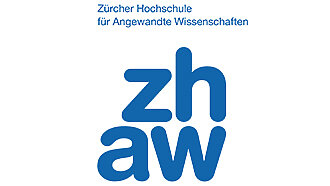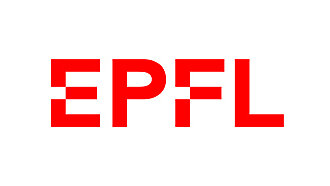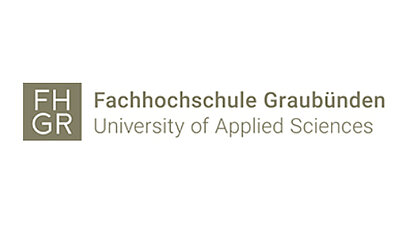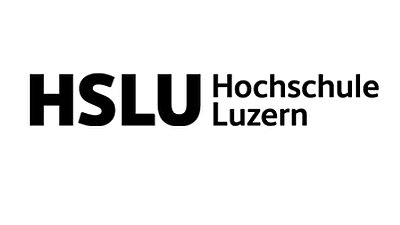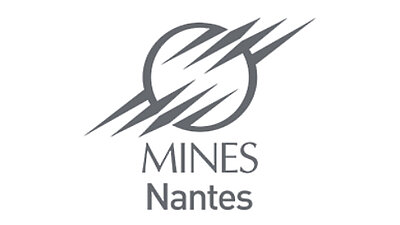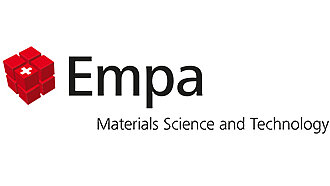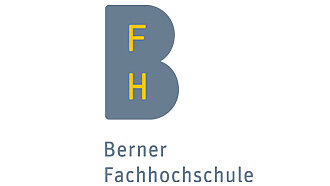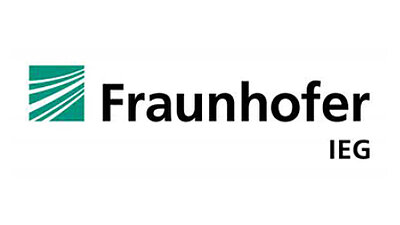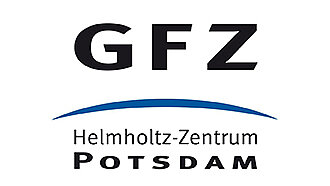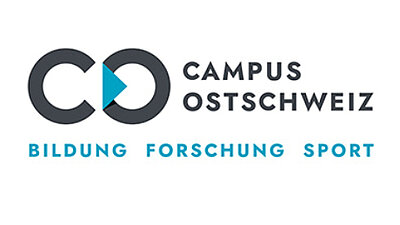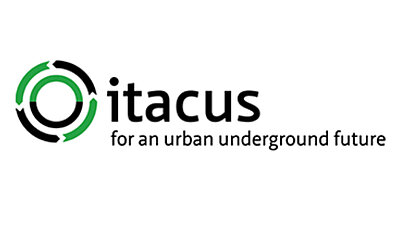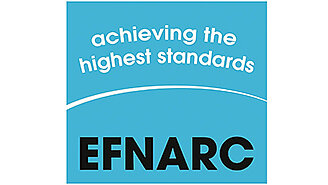
Accelerating Swiss know-how in underground research and technology
Underground solutions for global challenges
Continued population growth and the accompanying urbanization and densification pose a challenge to sustainable energy supply, an intact biodiverse landscape, functioning transport systems and coexistence. Climate change is accelerating this challenge, as more extreme and highly variable climate exacerbate these phenomena explicitly in urban environments. Therefore, also several of the UN‘s Sustainable Development Goals address urban sustainability in some or all aspects: clean water and sanitation, affordable and clean energy, industry innovation and infrastructure, and, of course, sustainable cities and communities.
Underground space offers much untapped potential to address these development goals in general and to provide innovative, long-term solutions. Examples include underground energy, heat and water storage, agricultural and industrial production, supply logistics, ICT edge computing data storage, but also clean and resilient infrastructure for smaller and larger cities. Research and innovation for exploring further, not yet eminent possibilities of the use of the underground space offers an additional dimension to a regenerative living on earth. Swiss government has thus launched a strategy for the exploration and development of the Swiss underground space.
Hagerbach Test Tunnel named a research infrastructure of national importance
In December 2024, the Swiss government designated our Hagerbach Test Tunnel (VSH) as a “research infrastructure of national importance” – a distinction that recognizes our decades of pioneering work in the field of underground research and underscores our status as a leading innovation center in Switzerland and Europe.
Since 1970, we have provided an inspiring platform in Flums for visionary researchers from around the world. Together, we are creating solutions for the most pressing issues of our time in an area of over 25,000 m²: from sustainable building materials to innovative hydrogen storage and space research projects.
Our tunnel is a place where science, technology and creativity come together – in the “Underground Future Lab”, visionaries break new ground together. Thanks to the federal funding, we can now further expand our unique infrastructure and realize new, forward-looking projects. Bring on the future!
Strengthening partnerships with swiss researchers and offering them a research infrastructure
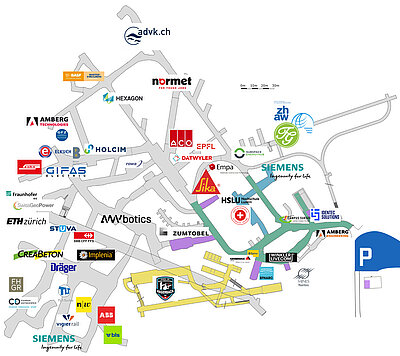
In Switzerland, there is no versatile infrastructure available for underground real-scale experiments for energy solutions in an urban context, underground space habitats and safety, and underground and heavy construction. VSH offers the ideal platform for ideation, prototyping and implementation of experiments and new technologies that exploit the unique possibilities of underground space usage in the context of the UN sustainable development goals.
A cooperation with tertiary research institutions (ETH, Uni, FH, HF) is a unique opportunity to develop solutions together with the industry which will boost Switzerland’s innovation potential in a globally unique manner, and which will ultimately benefit the population for a regenerative living.
The Hagerbach Test Gallery provides the underground testing, training and dissemination infrastructure and develops the tunnels and caverns in a user-oriented manner. We develop and maintain the facility by providing personnel, machinery and materials. Through the existing international network of academia and industry, we seek partners for interdisciplinary research projects and bring them together.
Hagerbach Test Gallery is a non-profit limited company
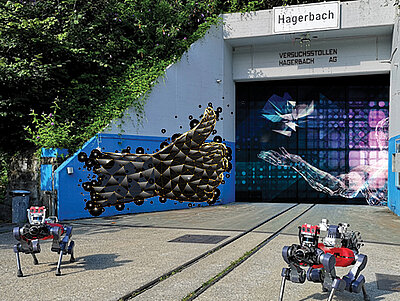
It was founded in 1970 with the aim of building a research, test, training and dissemination infrastructure for Switzerland‘s pioneering engineering activities in underground space use.
Hagerbach always offered companies and educational institutions the opportunity to test innovations for the construction and operation of infrastructure systems on a large scale before they are applied in reality. This is done on a total length of more than 5 km of tunnels. The connected caverns vary in dimensions and provide in total more than 25.000 m2 of test and lab-area.
Thanks to the legal security provided by integration in the zoning plan, Hagerbach Test Gallery can continue to grow, flexibly and purposefully.
Research - strategic focus
The underground future lab has four strategic pillars for research themes but is open to include new topics of strategic relevance for the Swiss society. The infrastructure is open to all academic institutions in Switzerland.
Selected past research conducted at Hagerbach
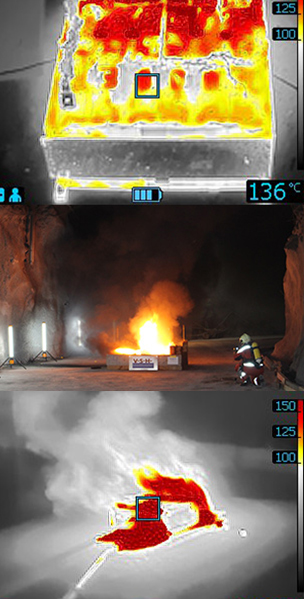
Electric mobility and road tunnel safety – hazards of electric vehicle fires and follow up project Risk minimisation of electric vehicle fires in underground traffic inftrastructures
Research project VSS 2016/221 at the request of the Swiss Association of Road and Transport Experts (VSS), In collaboration with Amstein + Walthert Progress AG, Centre d’études des tunnels (CETU) and Acontec AG.
Research project AGT 2018/006 at the request of the Tunnel Research Working Group (AGT) in partnership with Amstein + Walthert Progress AG, EMPA and Centre d’études des tunnels (CETU).
The study VSS 2016/221 shows that severe mechanical and thermal damage to electric vehicle batteries can immediately lead to uncontrollable fires with high-energy release, strong smoke generation and new pollutant emissions. The analyses raised new questions, in particular about the effects of the changed chemical hazards, which should be examined more closely in further steps.
The study AGT 2018/006 shows that the extinguishing and cooling water produced by an electric vehicle fire is heavily contaminated. With regard to electromobility in underground infrastructures, there are two aspects that should be investigated in greater depth: 1. the effectiveness of high-pressure water mist systems, 2. the risks of hydrogen-powered electric vehicles.
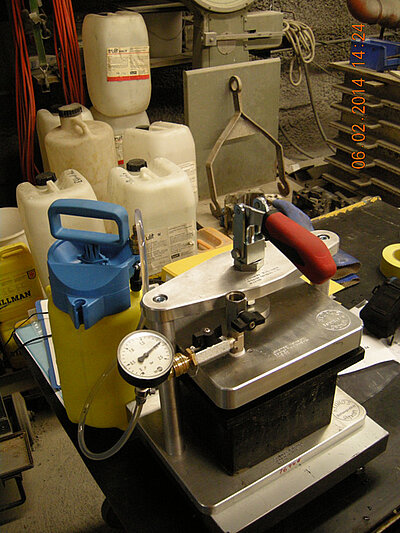
Influence of aggregate on the chloride resistance of concrete
Research project VSS 2012/403 at the request of the Swiss Association of Road and Transport Experts (VSS)
The fact that, despite intensive efforts on the part of the concrete producers, it was not possible to find any satisfying explanations for the impact on chloride resistance, seemed to suggest that effects arising from the aggregates influence the compressive strength - chloride migration coefficient relationship.
The investigations in this work and experience based on practice show that petrographic analysis of the aggregates with an evaluation for use in concrete are required, especially when these contain phyllosilicates.

Energy extraction from urban tunnels; pilot test
Research contract FGU 2012/005 at the request of the Specialist Group for Underground Construction (FGU), in collaboration with Amberg Engineering AG and Geowatt AG.
To answer the central questions about the performance and practicality of tunnel absorber systems and the appropriateness of the planning tools used, two test fields with surface absorbers were installed in the Hagerbach Test Gallery.
A heat pump was connected to both absorber systems in order to simulate use through extractionof heat. The test fields were equipped with a total of 48 temperature probes, which were connected to a measurement data acquisition system.
The specific standard heat capacity of the tunnel absorber of this installation type is 25W/m2 on average for a typical seasonal heating load profile. This corresponds to a specific annual heat extraction of approx. 47 kWh/(m2 year).

Long-term behaviour of plastic fibre reinforced sprayed concrete for tunnels
Research project FGU 2010/005_OBF at the request of the Tunnel Research Working Group (AGT)
The test of the static short-term strength (energy absorption capacity) shows that the desired working capacity can be achieved with a suitable dosage of plastic fibres.
The durability of plastic fibre shotcrete was tested on broken test specimens with regard to chemical and load effects.
To assess the chemical resistance of the fibre reinforcement, the test specimens were exposed outdoors to natural weathering, sulphate stress, acid stress and de-icing salt stress. After one year, the residual load-bearing capacity of the test specimens was assessed.
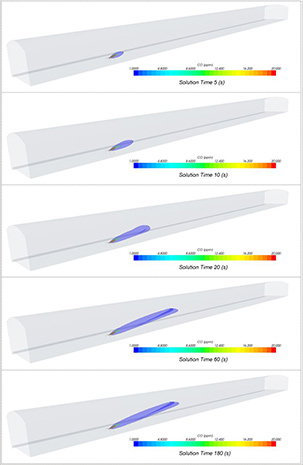
Gas analytics for the very early detection of fires in road tunnels
Research contract FGU 2010/006 at the request of the Specialist Group for Underground Construction (FGU), in collaboration with xirrus Gmbh and combustion and flow solutions GmbH
This report presents a basic study on the use of gas detectors for early fire detection in road tunnels. On the one hand, this includes the identification of suitable fire gases that can nevertheless reliably indicate an incipient vehicle fire in the exhaust-laden road tunnel environment; on the other hand, the conditions that must be fulfilled, particularly with regard to the detection limit of the gas sensor, in order to enable a reliable warning should be clarified. A validation of the concept in an experiment in the Hagerbach Test Gallery and a market analysis of possible sensors complete the study.
The concept of the fire indicator for the early detection of tunnel fires using a gas sensor was confirmed for hydrogen in a simple practical test. Other potential fire indicators with alternative detection possibilities were discovered.
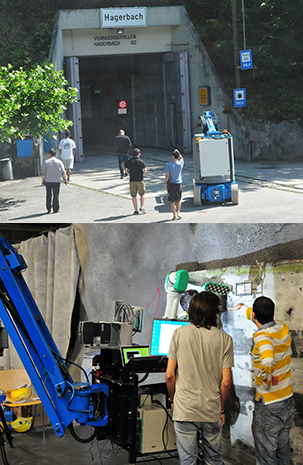
ROBO-SPECT, ROBOtic System with Intelligent Vision and Control for Tunnel Structural INSPECTion and Evaluation
ROBO-SPECT is a European 7th Framework project funded under the ICT programme on Robotics Use Cases (contract No. 611145), implemented by 10 partners from 6 European countries.
The main goal of the project was to develop an autonomous robotic inspection and assessment system for tunnels that will include: (a) a computer vision system that will detect structural defects and color changes at the concrete lining intrados, (b) a sensor system that will measure the depth of cracks and the depth of opening of joints of interest with an accuracy of 1 mm and the width of these cracks and openings with an accuracy of 0.1 mm and (c) laser equipment able to measure radial deformation with an accuracy of 1 mm.
All system components were tested in a semi-integrated and individual scenarios into actual parts of the VSH tunnel network and also over damaged testing concrete slabs that were created by the VSH team. The evaluation and benchmarking included the performance of the navigation and positioning system, the vision system, the ability to control the arm, stability, the sensing system, the speed as a function of damage and the structural assessment models.
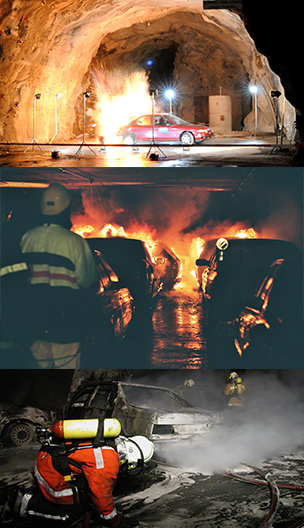
BRIDGE: Bridging resources and agencies in large-scale emergency management
European Commission, Grant agreement ID: 261817, Specific Programme "Cooperation": Security, Coordinated by STIFTELSEN SINTEF
To increase the safety of European citizens, technical and organisational tools that greatly improve crisis and emergency management are needed. An EU initiative worked on systems to make emergency services technologies more interoperable. BRIDGE developed the means and tools for more effective crisis management in the event of large-scale emergencies. The project outcomes help emergency and rescue services to all work together more efficiently while making the best use of novel technologies.
The Hagerbach Test Gallery was responsible for validation (WP 10). Evaluating how well project results satisfy user needs and providing feedback to the partners:
Validation with the interoperability demonstrator, validation with the user interface demonstrator, validation with the collaboration technologies demonstrator and real scale training and tests.





